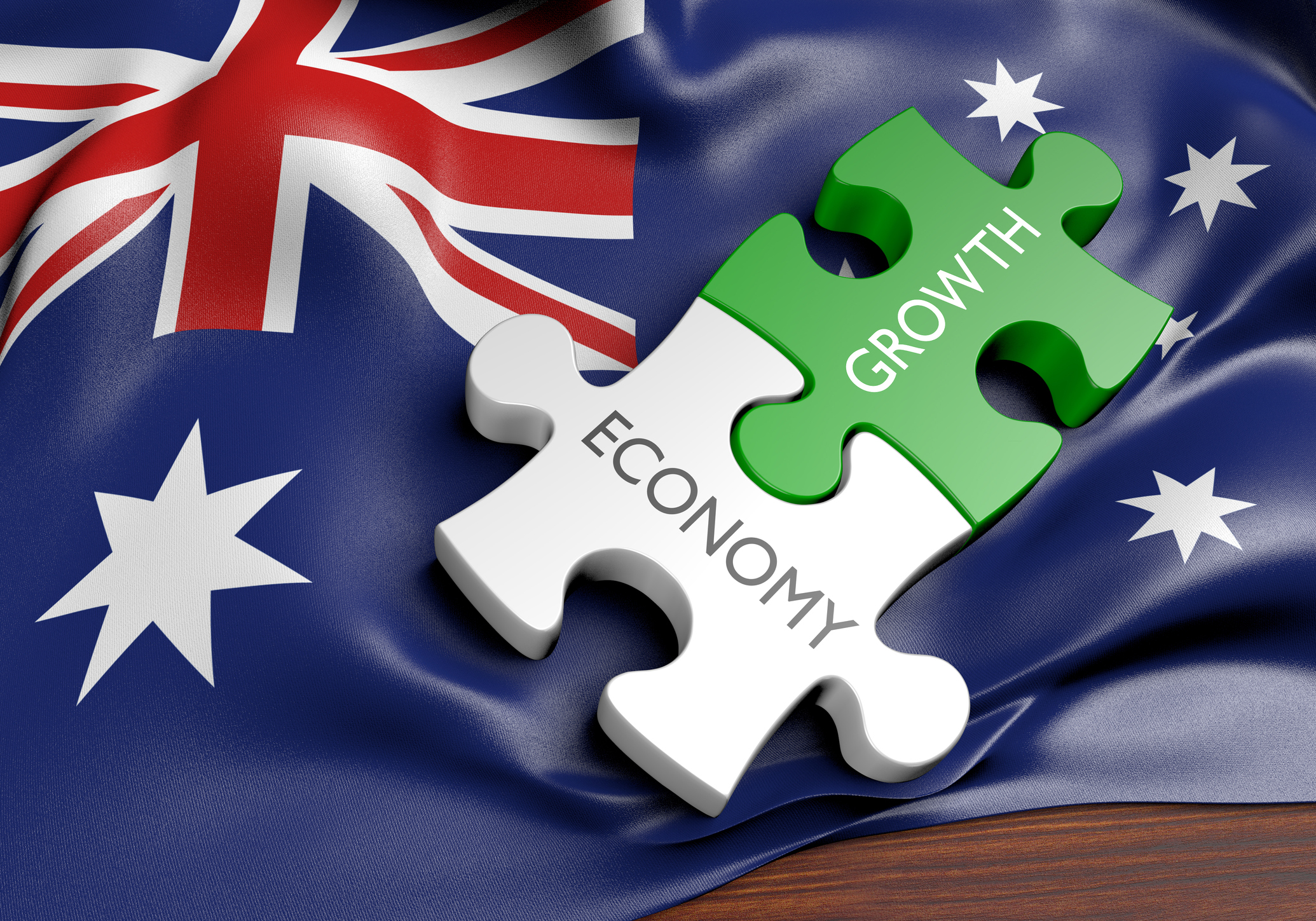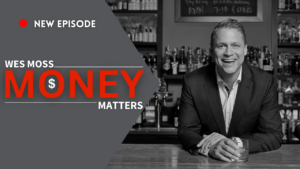July 2019 will mark a full decade of American economic expansion. It will also mark the longest period of US expansion in the history of our great country.
But before you start chanting “U-S-A, U-S-A,” I should probably tell you that America doesn’t hold the World Record for longest economic expansion. That honor belongs to Land Down Under, which has been recession-free for almost 30 years.
To borrow from Crocodile Dundee, “That’s not an expansion – this is an expansion!”
While no small feat, America’s current expansion has been criticized for being “shallow,” or slow. That’s because economic recoveries have historically produced annual growth averaging 4% or more, while the current clip is only 2.2%. But shallow is just fine; slower expansion is still expansion.
Now, no matter where we are in an economic cycle – beginning, middle or end stages – people always wonder if we are on the verge of a recession. We worry that the R-word is right around the corner, even when things are humming right along. This fear isn’t irrational. Most of us understand that recessions are an inescapable part of the economic circle of life. Since 1929, there have been 14 recessions, which translates into one every six and a half years or so.
And if you recall, a handful of weeks ago, most of Wall Street was convinced we were on the verge of economic decline. They had their reasons: The trade war with China, the Federal Reserve raising interest rates too high too quickly, and an inverted yield curve.
But in my opinion, expansions don’t have to die of old age alone. There must be other factors at play to turn an upswing into a downturn. So, just because we’re in the longest expansion we’ve ever had doesn’t necessarily mean that the wheels will fall off at any moment.
Need proof? Let’s take a look at the Aussie Marvel – 27 years without a recession.
- Looking at the data, Australia is the sixth largest country in the world by size and a significant player in the global economy. It ranks just outside the top ten in economic size, with a gross domestic product (GDP) of $1.4 trillion.
- While Australia’s population of 25 million ranks 51st in the world, those folks crank out so much economic production that their GDP is larger than the GDPs of Switzerland, Saudi Arabia, the Netherlands or Mexico. Australia’s GDP is on par with such heavy-hitters as Spain, South Korea, and Canada. And, when it comes to per capita GDP, Australia is not far behind us, with $52,000 to our $62,000.
This is not bad news from a country most often associated with cute mammals and actors who are curiously good at playing Americans.
- Among the factors that drive Australia’s steady long-term growth are the country’s geography, natural resources, immigration policies, and stable central bank.
- Australia is relatively close geographically to China. Because of that proximity, as China started to expand, Australia was able to ride the Middle Kingdom’s rising wave of economic prosperity. When economies all over the world took massive financial blows back in 2008, China poured in stimulus money to build new cities, roads, and other infrastructure. That response to the Great Financial Crisis had the side effect of buffering Australia’s ride through those difficult times.
- The Australian continent is rich in iron ore, coal and gas reserves, resources the booming Chinese industrial sector was eating up with both hands and still needs in abundance.
- Since the late 1990s, Australia has also experienced a steady stream of immigration by way of student visas and temporary work visas, adding more intellectual capital to its workforce.
- The Land Down Under also has a strong, well-run central bank and a floating currency that, since 1983, has allowed the economy to react to economic shocks. In fact, even during and after the Great Financial Crisis, Australia never had two consecutive negative quarters of GDP.
- The Aussie economy also benefits from the government’s progressive approach helping people save for retirement. We know all too well the retirement saving challenge (some would say crisis) in the US. More than half of US households are at risk of being unable to maintain their standard of living in retirement. Social Security is due to run short of money by 2033. About one-third of US workers aren’t offered retirement plans by their employers.
Australia has a mandatory retirement saving program known as “The Super” (short for The Superannuation Guarantee). Under this system, companies are required to contribute to their employees’ retirement savings accounts – to the tune of 9.25% for every worker between the ages of 18 and 70. Wow! And over the coming year, this rate is slated to increase to 12% gradually.
Australia’s employees get to choose where to invest the money. Additionally, Aussies are good about saving beyond The Super, whether for retirement or other purposes. The average saving rate in this country is about 10%. Plus, no loans are allowed to be taken from The Super retirement accounts, so the workers put away the money and let it grow, undisturbed, over time. As of 2018, The Super held a hefty $2.8 trillion in assets.
This program insulates the Australian economy from any negative impact from a “retirement crisis.”.
And, the US and Australia do have some economic characteristics in common, which could play a role in keeping our decade-old growth, well, growing. Like Australia, the US is rich in natural resources. In fact, the state of Texas alone produces more oil than every other country in the world except Russia, Saudi Arabia, and Iraq. That’s no small advantage for the US economy.
We also are similar to Australia in that we have a variable currency that helps us absorb financial shocks and a central bank that does everything in its power to keep the economy plowing forward.
But the US also has certain advantages over Australia.
Unlike Australia, which is very dependent on the China market, the US sells to the entire world – our reach is more diversified than the Aussies.’ Our country is also home to the most diverse and innovative economy in the world. The vision of US entrepreneurs and the work ethic of Americans is unrivaled.
My bottom line is this – we could stand to learn a lot from examining the long-term success of Australia’s economy.
Their pension and retirement system is, in my opinion, top-notch. But, we may not be far behind, as Congress has started to pave the way to retirement reform with new legislation introduced this year (including things like smoothing the way for all employers to offer 401(k) plans).
And, even though there are many similarities between ours and the long-expanding Australian economy, the US economy is overall better and stronger. The US may not hit the 27-years-of-expansion mark, as the Aussies have, but their experience shows that 10-years can be just a milepost on a much longer upwards journey.
Read the original article here.
Disclosure: This information is provided to you as a resource for informational purposes only. It is being presented without consideration of the investment objectives, risk tolerance or financial circumstances of any specific investor and might not be suitable for all investors. Past performance is not indicative of future results. Investing involves risk including the possible loss of principal. This information is not intended to, and should not, form a primary basis for any investment decision that you may make. The information contained in this piece is not considered investment advice or recommendation or an endorsement of any particular security. Further, the mention of any specific security is solely provided as an example for informational purposes only and should not be construed as a recommendation to buy or sell. Always consult your own legal, tax or investment advisor before making any investment/tax/estate/financial planning considerations or decisions.









